Made to Be Made Again - Teachers Guide to Circular Economy
A circular economy is a systemic arroyo to economic evolution designed to benefit businesses, gild, and the environment. In contrast to the 'have-make-waste' linear model, a round economy is regenerative by pattern and aims to gradually decouple growth from the consumption of finite resources. After defining what an economy really is, this learning path explores the nuances of the concept of a circular economy, including the difference betwixt biological and technical materials, the dissimilar opportunities that be to continue materials and products in use, and the history of the idea. Finally, the benefits of shifting from a linear to a circular economy are highlighted.
2 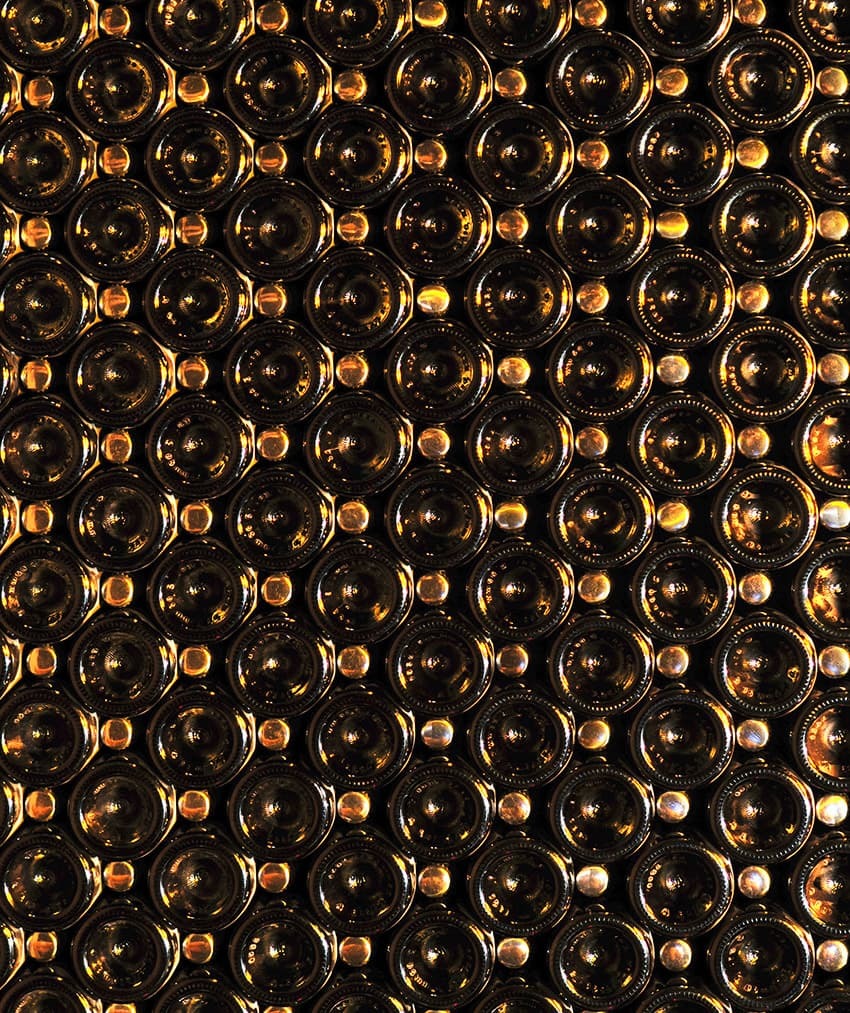
The circular economy
An economy that is restorative and regenerative past design.
In a round economy economic activity builds and rebuilds overall system wellness. The concept recognises the importance of the economy needing to work finer at all scales – for big and small businesses, for organisations and individuals, globally and locally.
Information technology is based on three principles:
- Pattern out waste and pollution
- Keep products and materials in use
- Regenerate natural systems
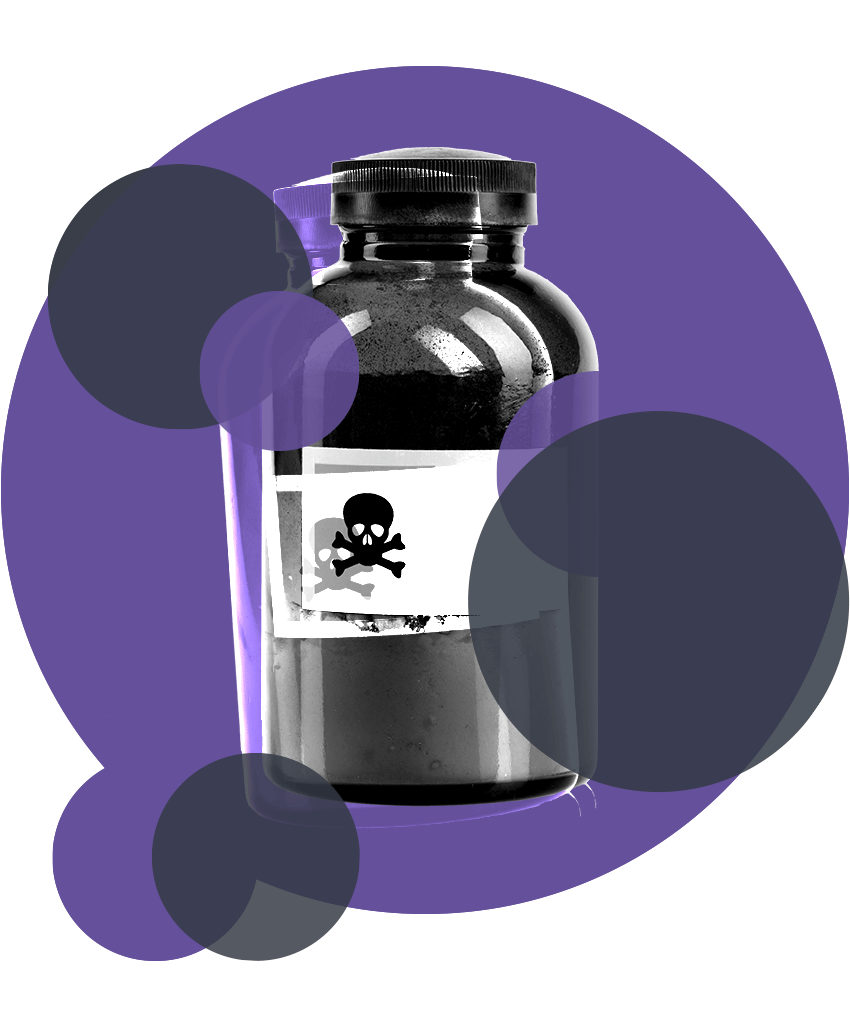
3
Design out waste and pollution
What if waste and pollution were never created in the first place?
A round economic system reveals and designs out the negative impacts of economical activity that cause damage to man wellness and natural systems. This includes the release of greenhouse gases and chancy substances, the pollution of air, land, and water, likewise as structural waste such every bit traffic congestion.
4 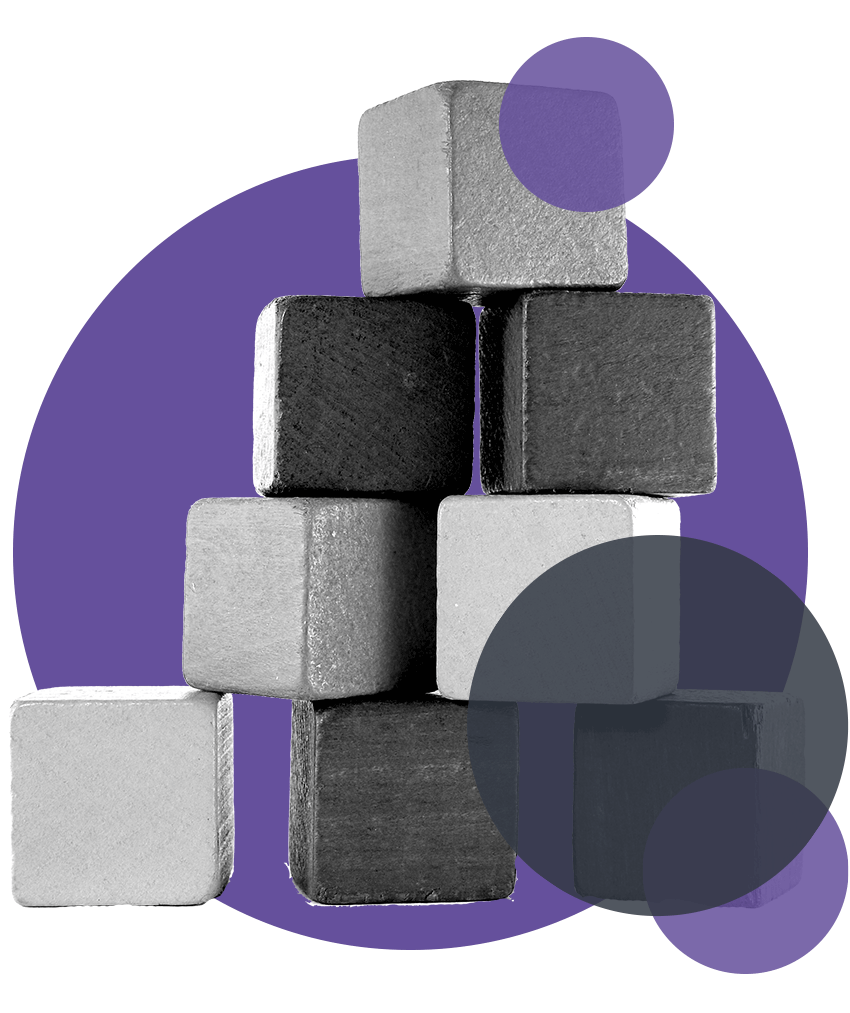
Keep products and materials in use
What if we could build an economic system that uses things rather than uses them upwards?
A circular economy favours activities that preserve value in the class of energy, labour, and materials. This means designing for durability, reuse, remanufacturing, and recycling to keep products, components, and materials circulating in the economy. Circular systems make effective use of bio-based materials past encouraging many different uses for them as they cycle betwixt the economy and natural systems.

5
Regenerate natural systems
What if we could not but protect, but actively improve the environment?
A circular economy avoids the utilise of non-renewable resources and preserves or enhances renewable ones, for instance by returning valuable nutrients to the soil to support regeneration, or using renewable energy every bit opposed to relying on fossil fuels.
Pause for thought
Having just learnt the 3 principles of the circular economic system, how would y'all describe the principles that underpin the current, linear economy?
half-dozen
The round economy organisation diagram
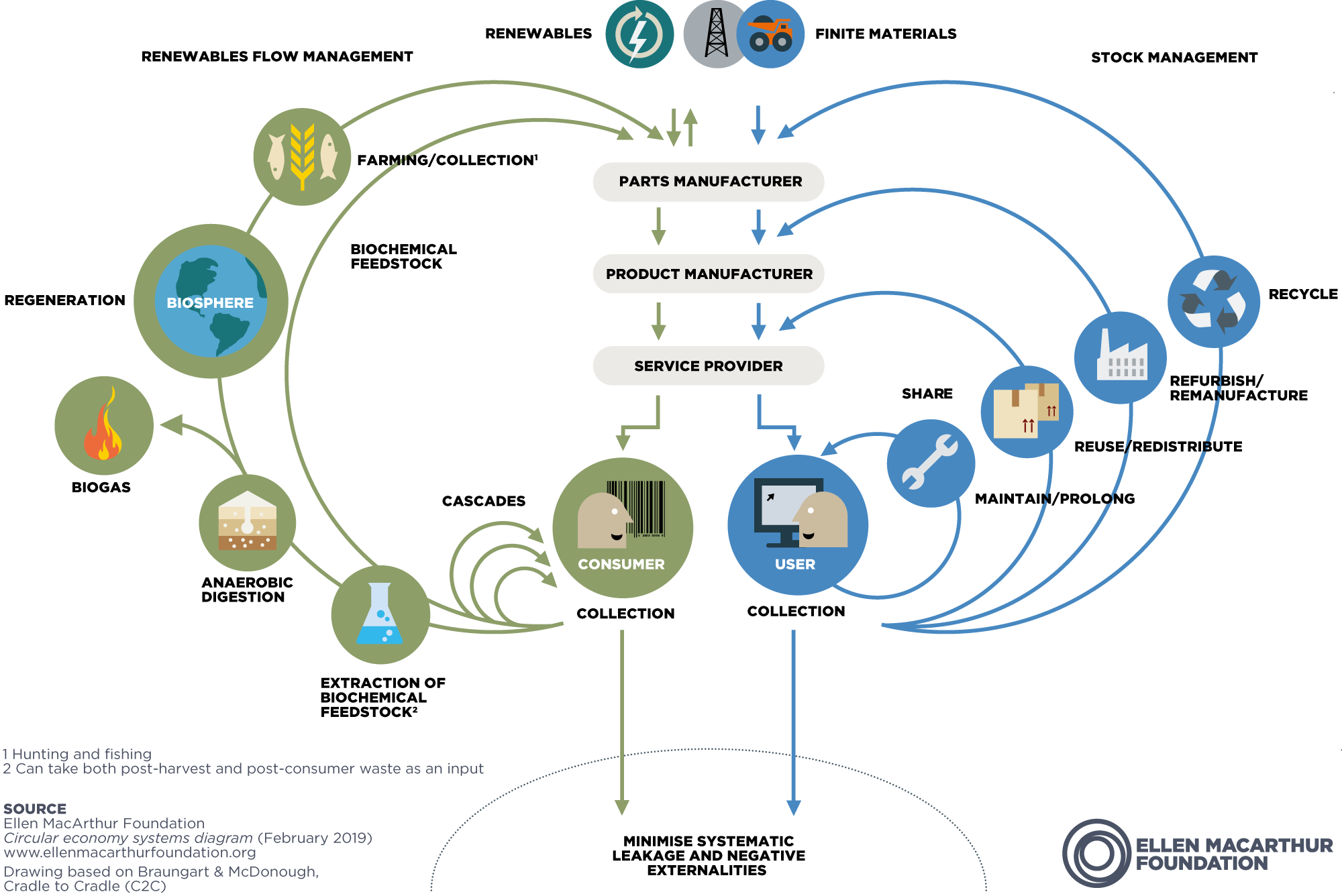
At the Ellen MacArthur Foundation we accept tried to capture the essence of the circular economy in the diagram above, which is somewhat understandably nicknamed the 'butterfly diagram'.
The diagram tries to capture the menstruum of materials, nutrients, components, and products, whilst adding an element of financial value. It builds on several schools of thought, but is perhaps most recognisably influenced by Cradle to Cradle'due south two textile cycles.
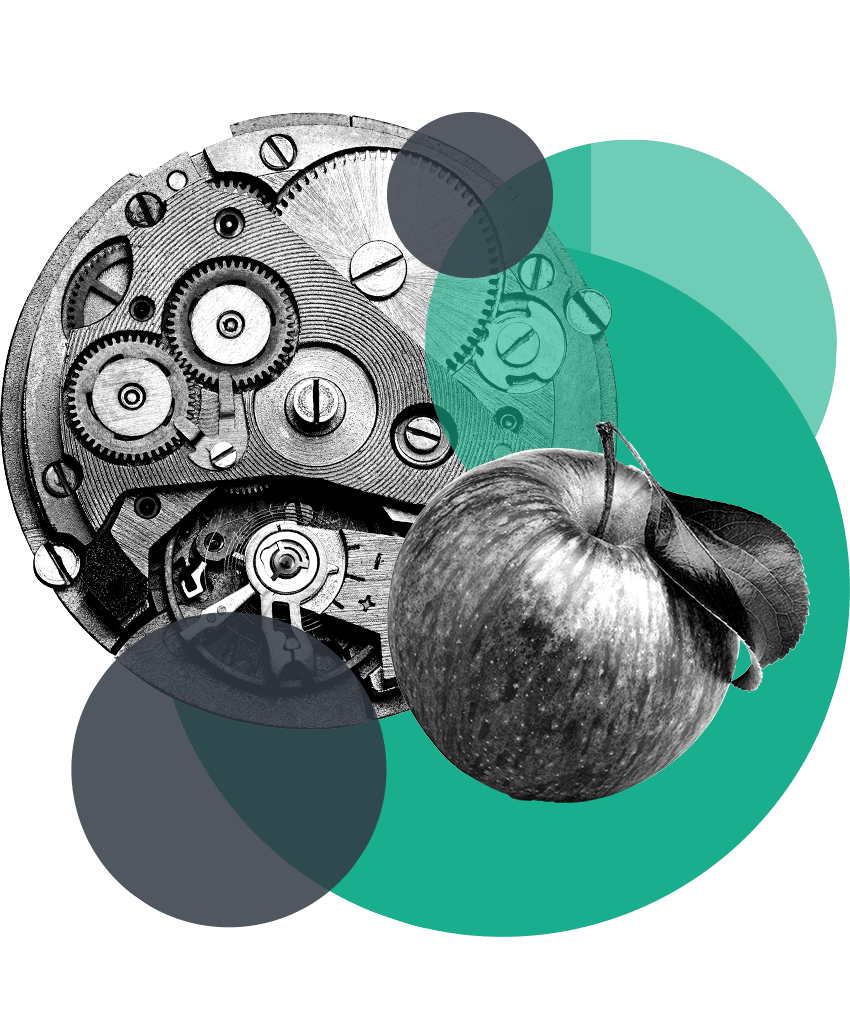
eight
Biological and technical material flows
Can a material safely re-enter the natural globe?
The first thing that about people notice virtually the diagram is the separation into ii distinct halves, or cycles, which represent two fundamentally distinct flows of material: biological and technical.
Biological materials - represented in green cycles on the left side of the diagram - are those materials that can safely re-enter the natural world, once they accept gone through one or more than use cycles, where they volition biodegrade over time, returning the embedded nutrients to the environment.
Technical materials - represented in blue on the right manus side - cannot re-enter the environment. These materials, such as metals, plastics, and constructed chemicals, must continuously bike through the arrangement and so that their value can be captured and recaptured.
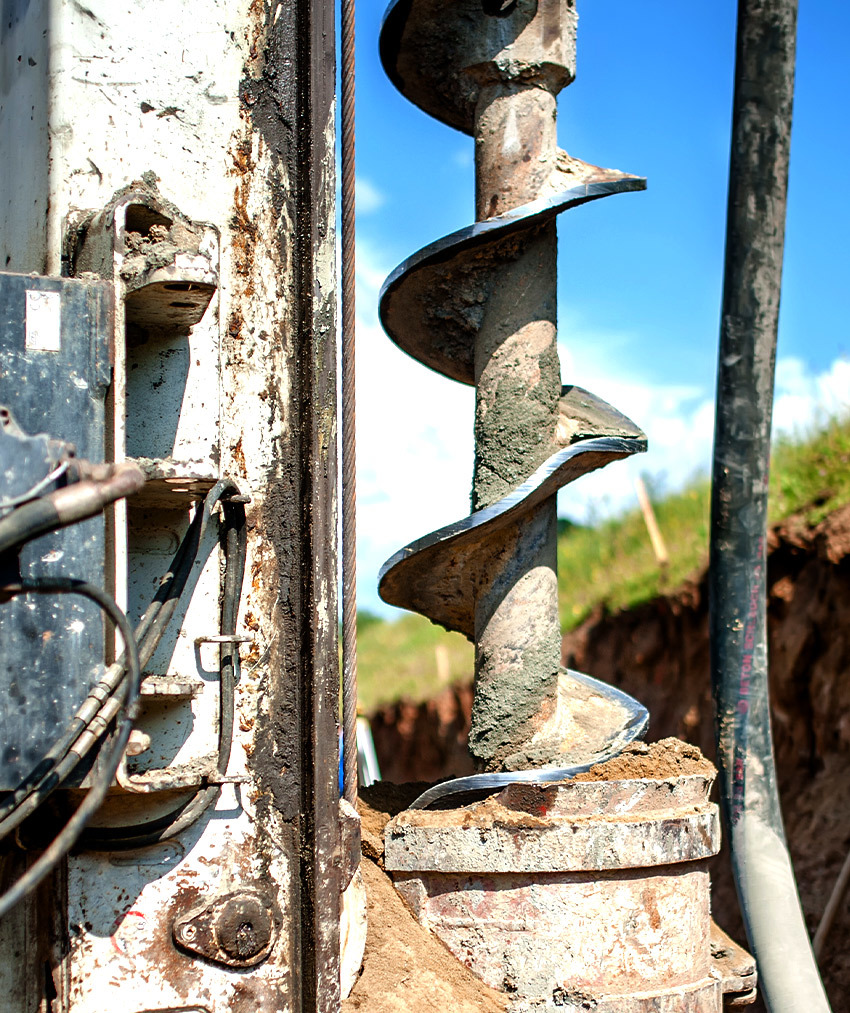
9
Access versus ownership
Practice nosotros consume products or apply them?
One particular subtlety of the diagram is the distinction between consumers and users. In a circular economy, biological materials are the only ones that can be thought of as consumable, while technical materials are used. It makes no sense to say that nosotros swallow our washing machines and cars in the same way that we consume food. This is a subtle, but important stardom in how we view our relationship to materials.
Further to this, information technology raises questions well-nigh the necessity of owning products in the way that nosotros traditionally practise. What benefit is in that location in owning a drill when you just want to put holes in your wall to hang a picture? It is access to the service a product provides that is important, rather than the product itself. Agreement this shift in mindset lays the groundwork to many of the practicalities of shifting our economy from linear to round.
Suspension For Idea
Where on the butterfly diagram would yous place:
- a mobile telephone repair service?
- a car-sharing scheme?
- plastic bottle recycling?
- regenerative agriculture?
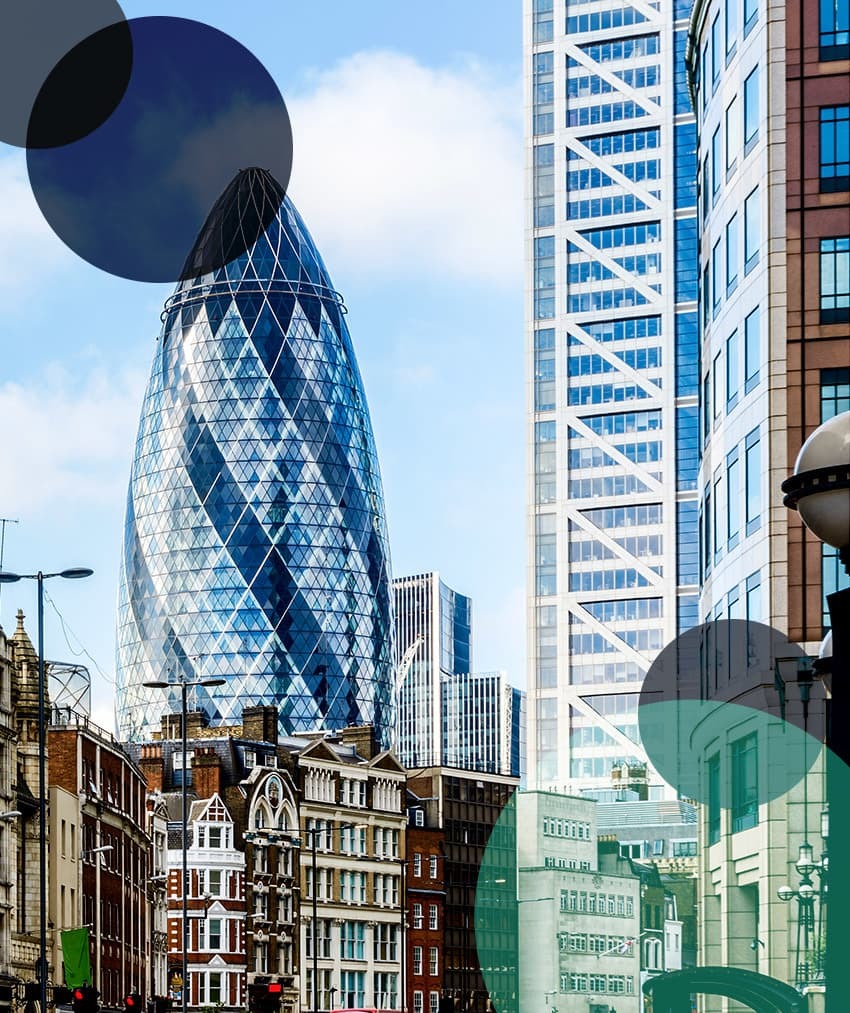
x
The economic benefits
What are the macroeconomic impacts of shifting to a new economic model?
The circular economy has been gaining traction with business and government leaders alike. Their imagination is captured by the opportunity to gradually decouple economical growth from virgin resources inputs, encourage innovation, increase growth, and create more than robust employment. If nosotros transition to a circular economy, the touch will be felt across society. The slider below illustrates some of the potential macroeconomic benefits of shifting to a circular economy.
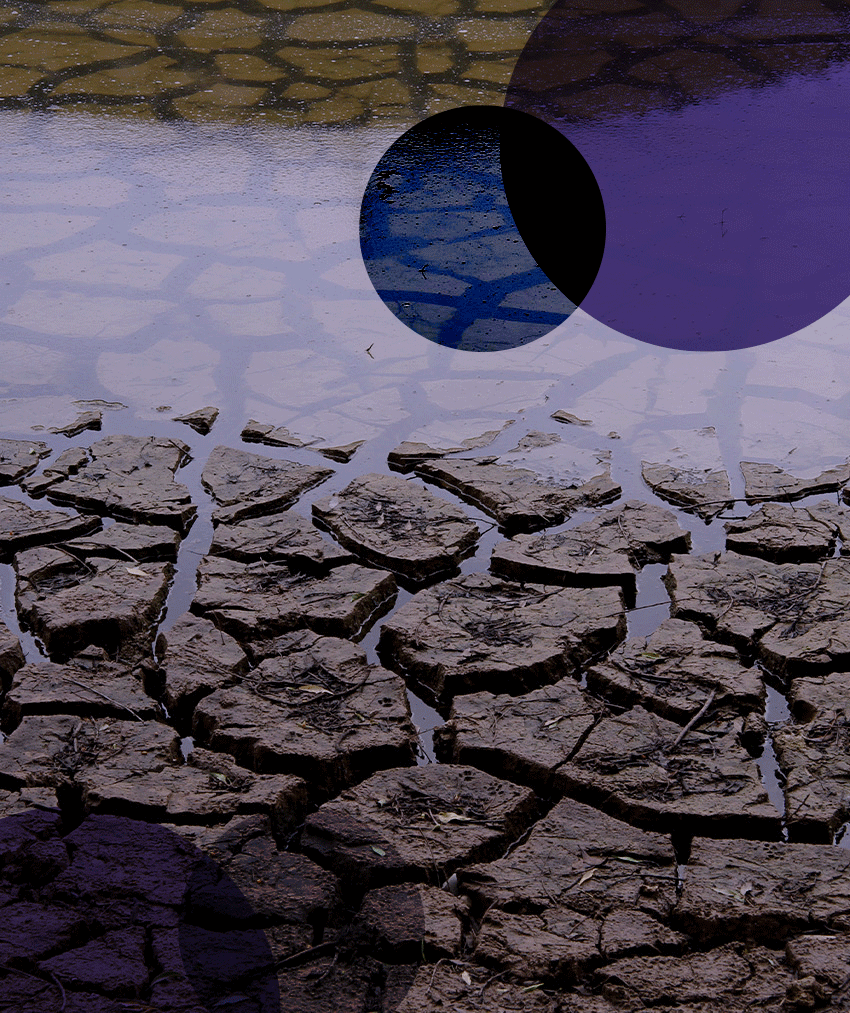
11
Environmental and organisation-broad benefits
What impact will shifting to a round economic system have on the environment?
The potential benefits of shifting to a circular economy extend beyond the economic system and into the natural environment. By designing out waste and pollution, keeping products and materials in use, and regenerating rather than degrading natural systems, the circular economy represents a powerful contribution to achieving global climate targets

12
The opportunity for companies
How will companies do good from the circular economic system?
Businesses would do good significantly by shifting their operations in line with the principles of the circular economy. These benefits include the cosmos of new profit opportunities, reduced costs due to lower virgin-material requirements, and stronger relationships with customers. The sliders beneath aggrandize on these and more benefits.
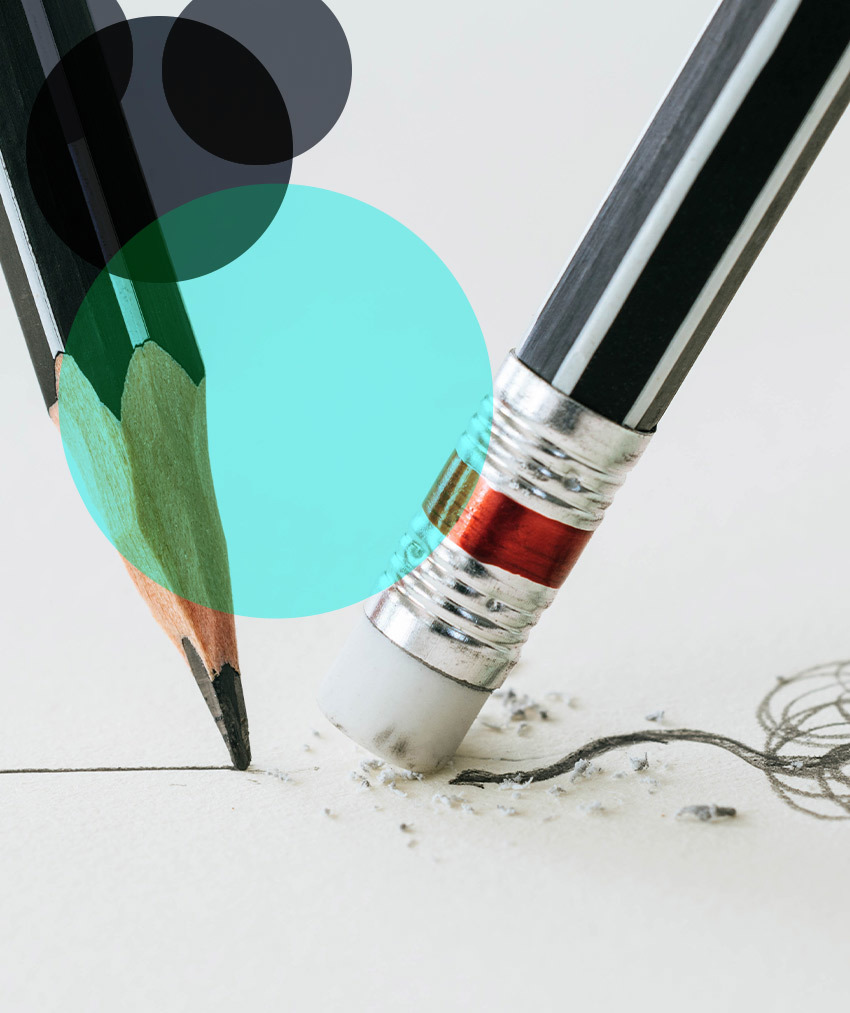
13
The opportunity for individuals
What does the circular economy hateful for individuals?
The circular economic system volition non simply benefit businesses, the environment, and the economy at large, simply likewise the individual. Ranging from increased disposable income to improved living atmospheric condition and associated wellness impacts, the benefits for individuals of a system based on the principles of circularity are significant.
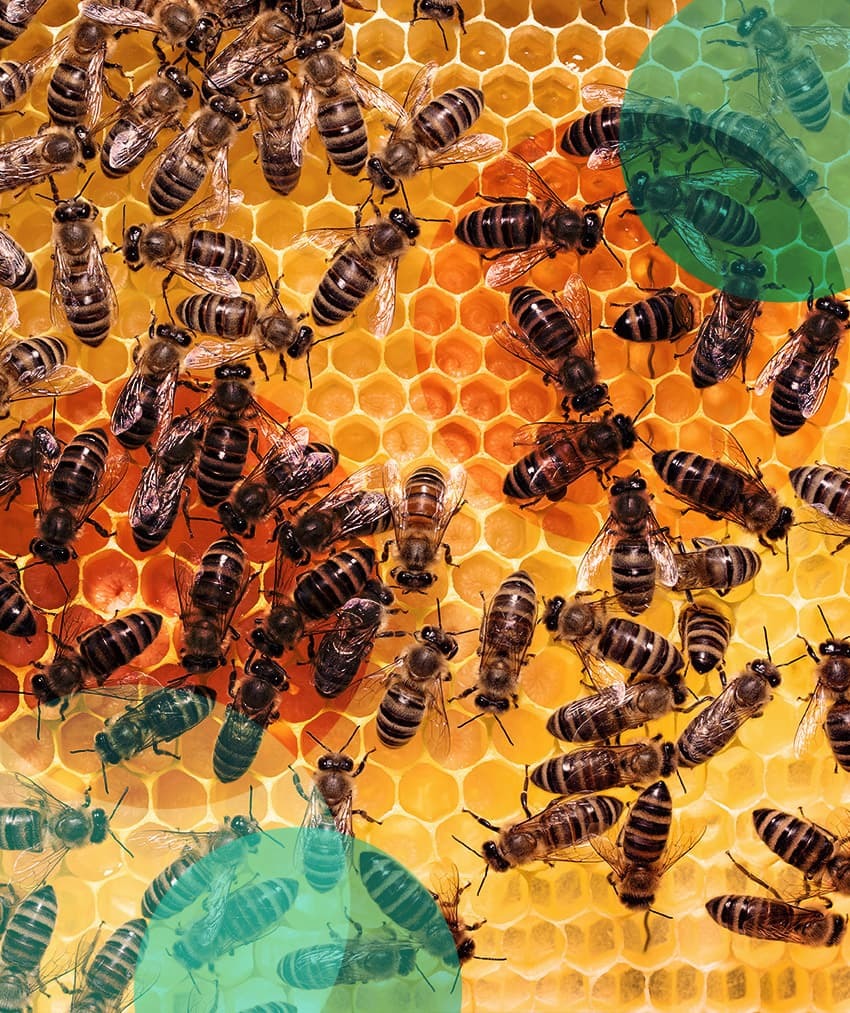
xiv
Systems
Shifting from linear to circular requires systemic solutions.
There is no simple fix and no stones can be left unturned in the pursuit of organisation change. Business concern models, production and service design, legislation, accounting practices, urban planning, farming practices, materials extraction, manufacturing, and more, all currently take undesirable qualities from a circular perspective. Yet, we cannot change just 1 element of the existing system and await the change we demand. Systems alter is difficult to reach and great ideas frequently don't come up to fruition because of failures in managing the complexities involved. What nosotros should do, though, is larn to understand how complex systems - like an economy - operate, considering agreement is the first step towards creating better solutions.
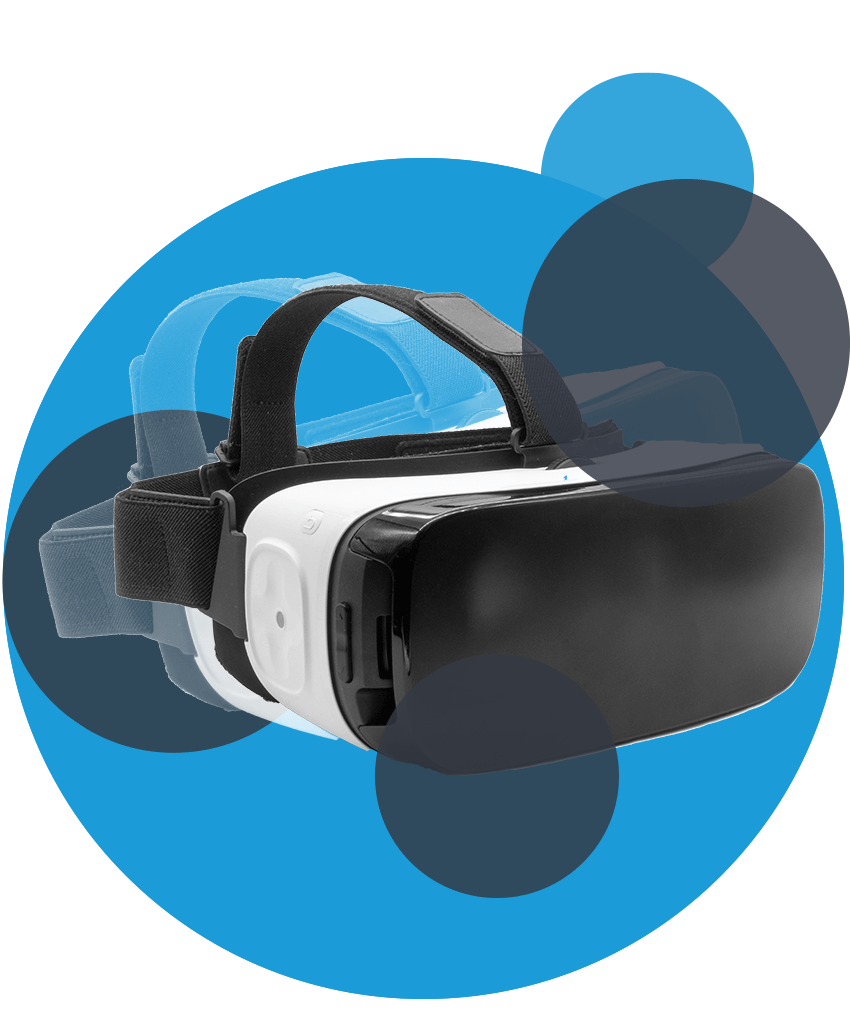
xv
The origins of the concept
An idea whose time has come.
The notion of circularity has deep historical and philosophical origins. The thought of feedback, of cycles in real-world systems, is ancient and has echoes in various schools of philosophy. It enjoyed a revival in industrialised countries after World War II when the advent of calculator-based studies of non-linear systems unambiguously revealed the complex, interrelated, and therefore unpredictable nature of the globe we live in – more akin to a metabolism than a auto. With electric current advances, digital technology has the power to support the transition to a circular economy by radically increasing virtualisation, de-materialisation, transparency, and feedback-driven intelligence.
The generic concept has been refined and developed by a number of schools of thought that you can read nearly in the expander below.
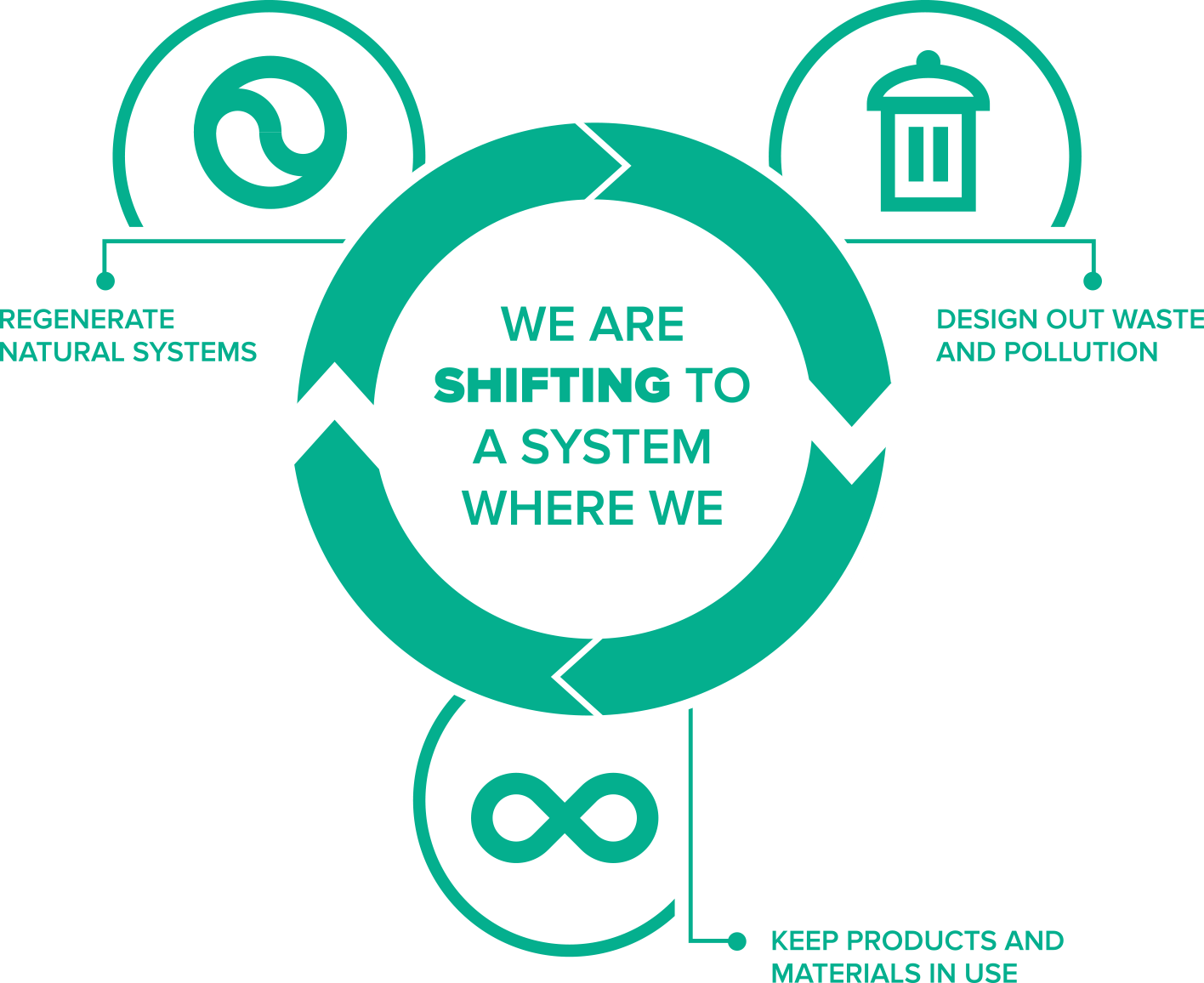
16
Why now?
Moving from vision to reality.
Our economy is currently locked into a system which favours the linear model of production and consumption. Notwithstanding, this lock-in is weakening under the pressure of several powerful disruptive trends. We must accept reward of this favourable alignment of economic, technological, and social factors in order to accelerate the transition to a circular economy. Circularity is making inroads into the linear economy and has moved across the proof of concept; the claiming we face now is to mainstream the round economy, and bring it to scale.
southernpothead1969.blogspot.com
Source: https://archive.ellenmacarthurfoundation.org/explore/the-circular-economy-in-detail


Post a Comment for "Made to Be Made Again - Teachers Guide to Circular Economy"